How to Choose the Right Natural Daylight Lamp for Your Home
In today's world, where artificial lighting often dominates our spaces, the importance of natural daylight lamps has gained significant recognition. Research indicates that exposure to natural light can greatly improve mood, productivity, and even sleep quality. According to a study conducted by the International Journal of Environmental Research and Public Health, individuals using natural daylight lamps reported a 30% increase in overall well-being compared to those reliant on conventional lighting. As more people seek to recreate the benefits of sunlight indoors, selecting the right natural daylight lamp has become crucial for enhancing home environments. With diverse options available, understanding the key features—such as color temperature, lumen output, and energy efficiency—is essential for making an informed choice that aligns with one’s lifestyle and needs.

Factors to Consider When Choosing the Right Brightness Level for Daylight Lamps
When selecting a natural daylight lamp, one of the most critical factors to consider is the brightness level. The intensity of light emitted by the lamp can significantly affect your mood, productivity, and overall well-being. Generally, a brightness between 5,000 to 10,000 Kelvin mimics natural daylight effectively, making it ideal for creating a vibrant indoor environment. It’s important to assess the area where the lamp will be used, as different rooms may require varying levels of brightness.
Tips: For workspaces, opt for higher brightness levels to enhance focus and energy. Conversely, for relaxing areas like bedrooms or living rooms, softer light can create a warm ambiance. Consider adjustable lamps or those with multiple settings to cater to different needs throughout the day.
Furthermore, the type of activities you engage in while using the lamp should influence your choice. If you’re reading, crafting, or performing detailed tasks, a brighter light would be beneficial. For activities such as watching television or enjoying leisure time, a softer, dimmer light can provide comfort without straining your eyes. Always consider your lifestyle and how different brightness levels impact your daily routine.
Understanding the Different Color Temperatures for Natural Daylight Effectiveness
When selecting a natural daylight lamp for your home, understanding the different color temperatures is crucial for achieving the desired natural daylight effect. Color temperature is measured in Kelvin (K), and it influences how light appears and interacts with our environment. Generally, daylight lamps are categorized into three main ranges: 2700K-3000K for a warm light, 4000K-4500K for neutral white light, and 5000K-6500K for cool daylight. According to a report by the International Lighting Association, lights in the 5000K to 6000K range mimic natural daylight most closely, promoting productivity and alertness, making them an excellent choice for workspaces.
Additionally, the effectiveness of these color temperatures can impact not only mood but also health. Research from the Lighting Research Center indicates that exposure to lights above 4500K can enhance concentration and reduce eye strain during activities that require visual clarity, such as reading and working on computers. This highlights the importance of choosing the right color temperature depending on the intended use of the space. By selecting a lamp with the appropriate Kelvin rating, you can create an inviting atmosphere that reflects natural daylight and supports well-being in your home environment.
Evaluating Energy Efficiency Ratings and Their Impact on Long-Term Costs
When selecting a natural daylight lamp for your home, evaluating energy efficiency ratings is crucial for minimizing long-term costs. Energy-efficient lamps typically have higher initial prices, but they provide significant savings on electricity bills over time. Look for products that have the ENERGY STAR label or those with high lumens-per-watt ratios, as they indicate better performance with lower energy consumption.
Tips: Check the energy consumption details before purchasing. Choosing lamps with adjustable brightness can help you use less energy when you need less light. Additionally, consider using timers or smart plugs to automatically turn off lights when not in use, further reducing your energy consumption.
In addition to energy efficiency, consider the lamp's lifespan, which contributes to its overall cost-effectiveness. LED options often offer the longest lifespan and efficiency, meaning fewer replacements and less waste. By investing in quality natural daylight lamps with solid energy ratings, you ensure a brighter and more sustainable lighting solution for your home.
Exploring Lamp Designs and Features for Optimal Placement and Aesthetics
When choosing a natural daylight lamp for your home, it's essential to consider both designs and features that optimize placement and aesthetic appeal. According to a report by the International Energy Agency, natural lighting can enhance mood and productivity, making the right lamp a valuable addition to any room. When selecting lamps, look for those with a color temperature of 5000K to 6500K, as this range closely mimics natural sunlight, promoting well-being and focus.
Tip: Consider multifunctional designs that incorporate adjustable brightness levels and color temperatures. These features allow you to tailor the light to different times of the day or activities, providing versatility in your home environment.
Additionally, the lamp's physical design should complement your home décor. A stylish lamp not only serves a practical purpose but also adds to the aesthetic of the space. Research indicates that well-designed lighting can enhance the perception of space and comfort in a room. So, prioritize lamps that bring both functionality and style to your home.
Tip: Take note of the lamp's placement. Positioning your lamp near a workspace or reading nook can significantly improve its effectiveness, harnessing the psychological benefits of daylight to elevate your daily tasks.
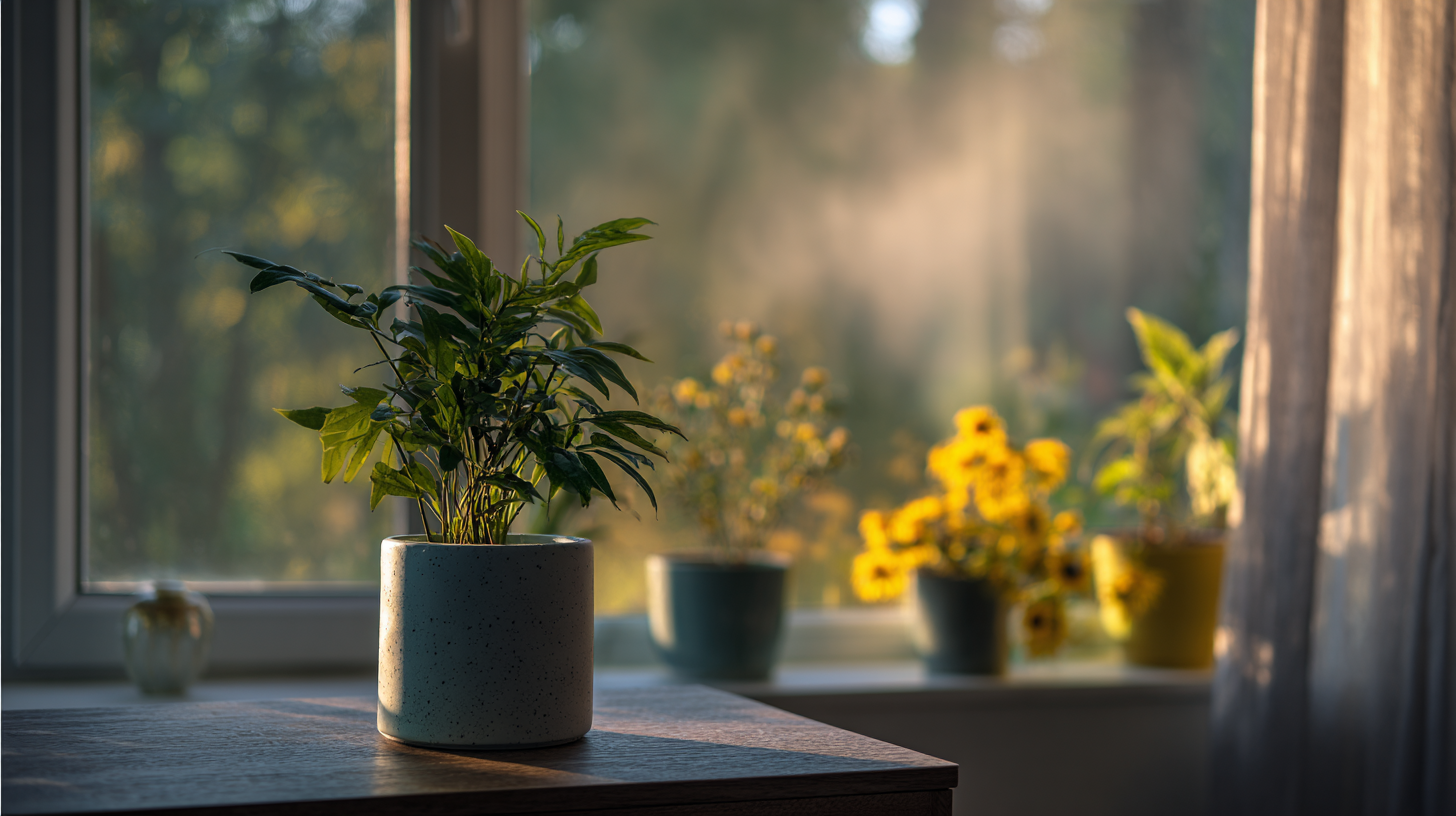
Assessing User Reviews and Professional Recommendations for Selecting the Best Model
When selecting the right natural daylight lamp for your home, assessing user reviews and professional recommendations is crucial. Many consumers rely on firsthand experiences shared online, and platforms like Amazon and Walmart often feature extensive user feedback. A recent industry survey reported that approximately 78% of users prefer lamps that enhance their mood and improve productivity, underscoring the importance of selecting models that not only provide adequate brightness but also cater to personal preferences.
In addition to user reviews, expert insights play a vital role in the decision-making process. Professionals from the lighting industry suggest looking for lamps with a color rendering index (CRI) of 90 or above to ensure a natural light experience. Furthermore, a study from the Lighting Research Center highlighted that exposure to quality daylight replication can lead to a 30% improvement in concentration levels, making it essential to choose lamps that meet these criteria. By combining user feedback with expert recommendations, homeowners can find the perfect natural daylight lamp that enhances their living space effectively.
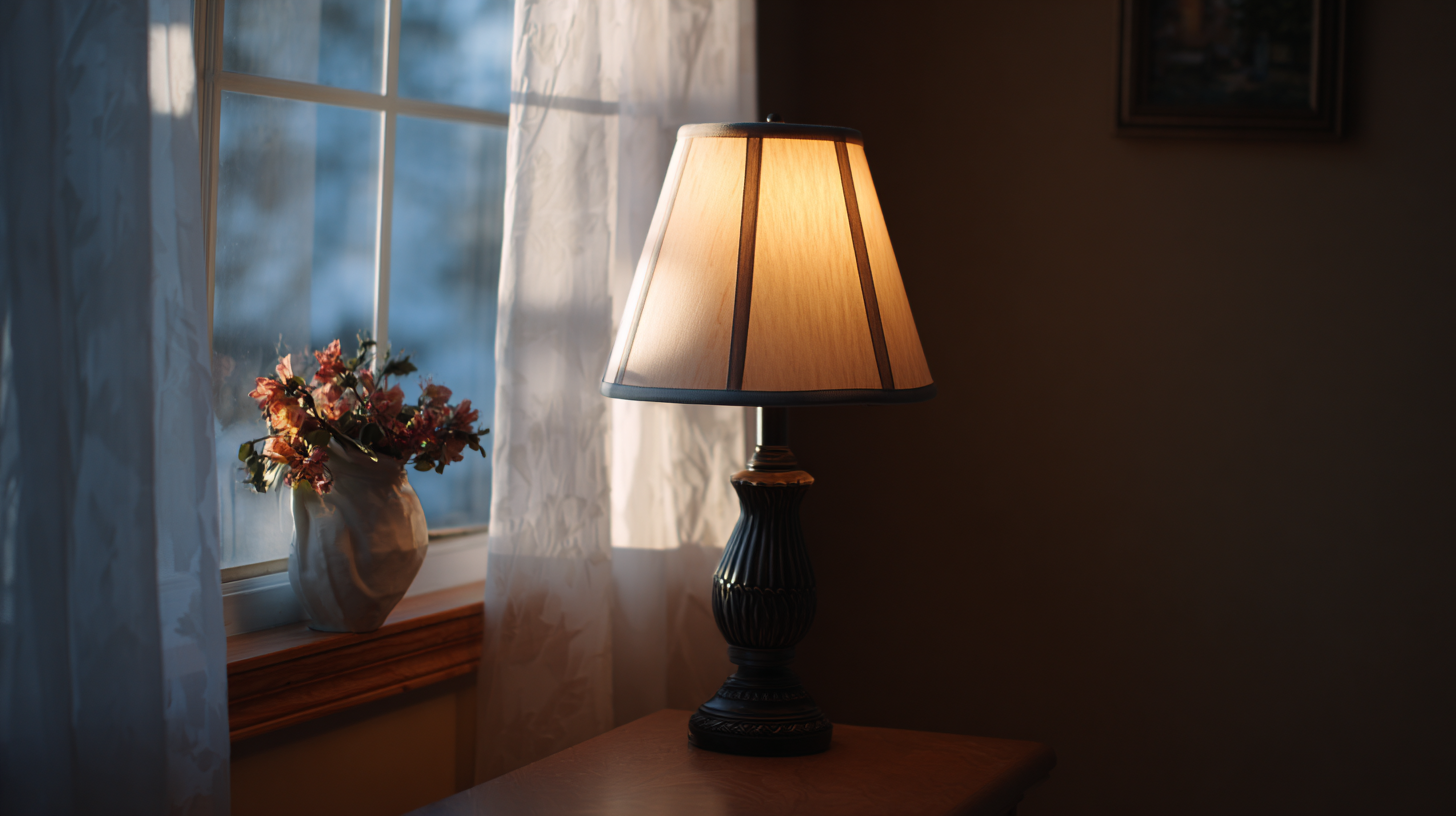
Related Posts
-

Ultimate Guide to Choosing the Perfect Sleep Light for Your Bedroom
-
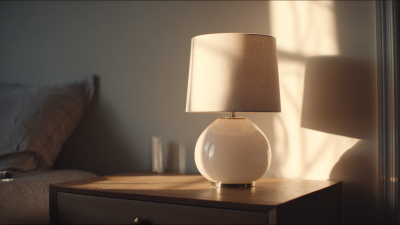
Navigating Export Certifications for Best Morning Lamp How to Ensure Compliance and Market Success
-

Ultimate Guide to Choosing the Best Artificial Sunlight Lamp for Your Indoor Plants
-
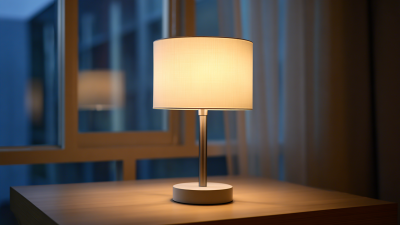
Unlocking the Advantages of the Best Table Lamp for Modern Workspaces and Home Offices
-

Exploring Unique Alternatives to the Best Night Lamp for Every Mood
-
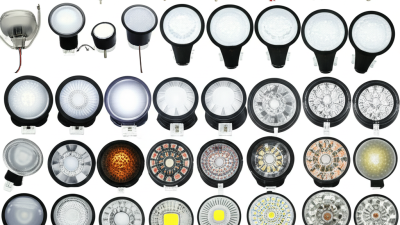
Premium LED Light Lamps from China's Top Factories for Global Buyers
